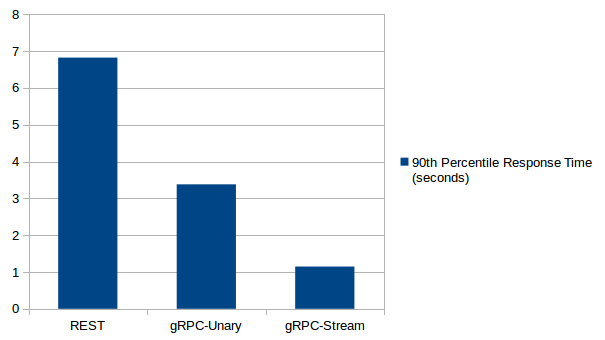
The developer’s discovery perspective differs. GraphQL client libraries feature native integration with the ReactJS UI framework, and are also available for other other languages and paradigms, making them accessible to many developers today. GraphQL also uses a custom query format called Schema Definition Language (SDL), and even though that custom query language is used for the request, JSON is returned, which makes it easier for clients to leverage the response. REST uses HTTP verbs, and generally uses JSON in order to exchange payload data, but in GraphQL, the HTTP POST verb is most frequently used, and the different query types are specified inside the protocol.

Likewise, it might receive too little data, forcing the app to make several API calls instead of just one. This means an app might receive too much data, such as the whole employee profile when all that was needed was the employee name and ID number. Some retrieve more data, and some retrieve less data. REST APIs are offered in various levels of resolution. GraphQL prevents over-fetching and under-fetching of data-that is, an endpoint responding to a call with too much or too little information, respectively, compared to what the app needs. This interaction paradigm mirrors what’s expected from doing multiple REST queries, and as such, one GraphQL query frequently replaces multiple REST queries. GraphQL resolvers retrieve the data for fields, and if one resolver fails, the rest of the query can still retrieve and return useful data. GraphQL exchanges data at a single endpoint whereas REST often involves several endpoints. REST and GraphQL are similar in that they identify resources as URLs through which the app can fetch data or functionality-but there are many differences: GraphQL is a query language for APIs and a runtime for fulfilling those queries.
GRAPHQL VS REST PERFORMANCE SOFTWARE
REST is a software architectural style to which APIs conform so developers can interact with services in a standard way. One option is not better than the other, and both can be used within the same teams if not the same projects-but regardless of what kind of APIs a project entails, a more consistent experience will help developers do more, faster. In this article, we’ll explore how these approaches compare, and we’ll offer REST API best practices that can be applied to build a more consistent experience for GraphQL API consumers. The whole middleware stack will be soon redesigned with a performance in mind and with a new API that will also allow fine-grained scoping of global middlewares.Developers use application programming interfaces, or APIs, to assemble data and functionality for new mobile or web apps, but when it comes to interacting with APIs, developers are often faced with two popular options: REST or GraphQL. So if you find a bottleneck in your app, try to investigate your resolvers, disable not used features and maybe remove some unnecessary async/await usage.Īlso, using middlewares implicitly turns on the async execution path (for global middlewares the middlewares stack is created even for every implicit field resolver!), so be careful when using this feature if you care about the performance very much (and maybe then use the "simple resolvers" tweak described below).

if the query/mutation/field resolver doesn't use the auth feature, doesn't use args (or has args validation disabled) and if doesn't return a promise. TypeGraphQL tries to avoid the async execution path when it's possible, e.g. In the same example of returning an array with 25 000 items, if we change the Object Type field resolvers to an asynchronous one that return a promise, the execution slows down by a half even in "raw" graphql-js. Promises in JS have a quite big performance overhead. That's why TypeGraphQL has some built-in performance optimization options. with complex database queries) it's usually a much lower factor but still not negligible. The most demanding cases like returning an array of 25 000 nested objects showed that in some cases it might be about 5 times slower. The benchmarks are located in a folder on the GitHub repo. To measure the overhead of the abstraction, a few demo examples were made to compare the usage of TypeGraphQL against the implementations using "bare metal" - raw graphql-js library.

While this enable easy and convenient development, it's sometimes a tradeoff in a performance.

It not only allows for building a GraphQL schema using classes and decorators but also gives a set of tools that focus on the developer experience and allows for making common tasks easily - authorization, validation, custom middlewares and others. TypeGraphQL is basically an abstraction layer built on top of the reference GraphQL implementation for Javascript - graphql-js.


 0 kommentar(er)
0 kommentar(er)
